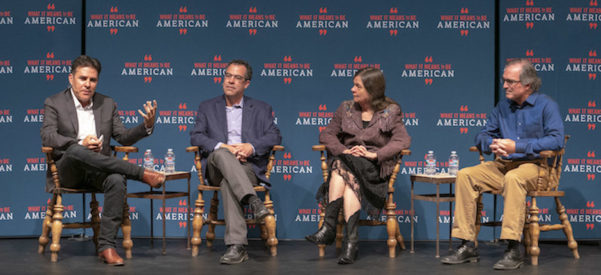The Once-Enslaved Kentuckian Who Became the ‘Potato King of the World’
After His Emancipation, Junius Groves Walked 500 Miles to Kansas Where He Made a Fortune and Built a Community
Junius Groves started life as an enslaved person in Kentucky. By the time of his death, he would be celebrated, by those fortunate enough to know his story, as an exemplary builder of community, and as the “Potato King” of Kansas and beyond.
Groves was born in 1859 and emancipated by the Civil War. Around 1880, when he was 19, Groves walked from Kentucky to Kansas City, Kansas, with other former slaves at his side. It was a 500-mile walk that …











